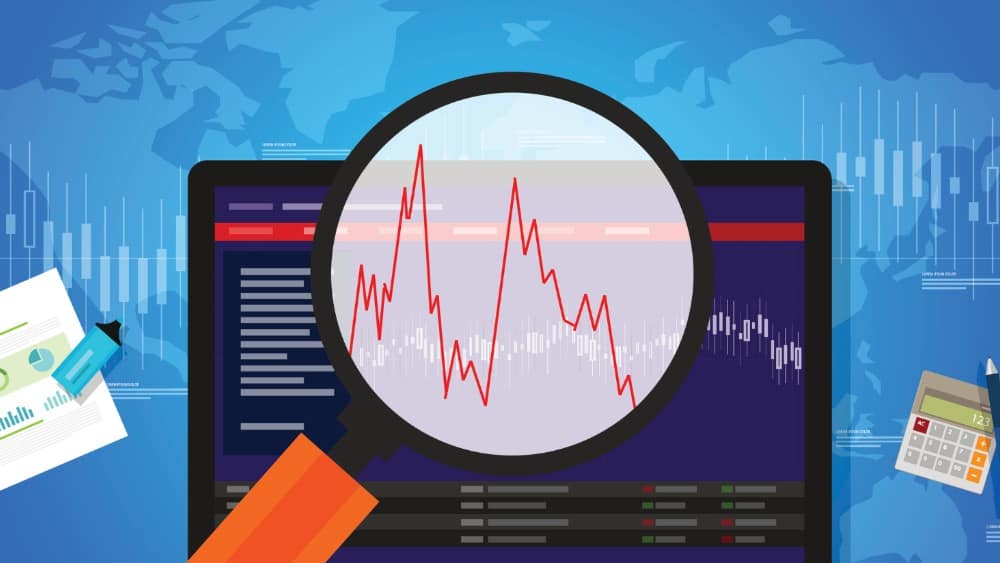In the last few months, investors are losing sleep due to the volatility associated with the equity markets. After touching all-time highs in 2021, most stock market indices have pulled back significantly in recent trading sessions.
The ongoing pandemic led to governments pumping billions of dollars into the economy to boost consumer demand and offset rising unemployment rates. Now, due to quantitative easing measures, higher spending, and supply chain disruptions, inflation rates are trending near multi-year highs.
To offset rising prices, the Federal Reserve is expected to raise interest rates several times in 2022, which has already led to a selloff in growth stocks. Right now, the tech-heavy NASDAQ index is down over 10% from record highs, while the S&P 500 Index has declined by 5% in 2022.
Warren Buffett is a fan of the S&P 500 Index
The S&P 500 is probably the best long-term investment option, according to Warren Buffett. In Berkshire Hathaway’s shareholder meeting two years back, Buffett stated, “for most people, the best thing to do is to own the S&P 500 index fund.”
Identifying and buying individual stocks is an extremely tricky process, as it’s difficult to shortlist companies that will deliver consistent returns over time. However, the S&P 500 gives you exposure to the 500 of the largest companies in the United States.
As the S&P 500 consists of some of the most profitable companies in the U.S., there is a good chance to derive positive returns year after year. Further, the index is also likely to remain resilient in a market crash. But investors should know that the index is not immune to downturns and has lost significant value in previous crashes. It fell by over 55% during the financial crash of 2008-09 and was also down 36% during the bear market of 2020.
Alternatively, since its inception in 1957, the S&P 500 has returned 10% annually, despite countless corrections and economic recessions. While there will be market crashes in the future, there is a good chance the S&P 500 will rise from the ashes and deliver inflation-beating returns consistently.
How much can you earn by investing in the S&P 500?
There are several Canadian exchange-traded funds, such as BMO S&P 500 Index ETF, Vanguard S&P 500 Index ETF, and iShares Core S&P 500 Index ETF, that track the world’s most popular index.
You can easily derive substantial gains and benefit from the power of compounding if you start investing in the S&P 500 Index early and maintain a disciplined investment strategy. For example, if you invest $300 each month and earn 10% each year, your portfolio would be worth $57,000 at the end of 10 years, $206,000 at the end of 20 years, and almost $600,000 at the end of 30 years.
We can see why the Oracle of Omaha is always bullish on the S&P 500, making the ETFs, or exchange-traded funds, that track the index top bets for investors who don’t have the time or expertise to pick individual stocks.










